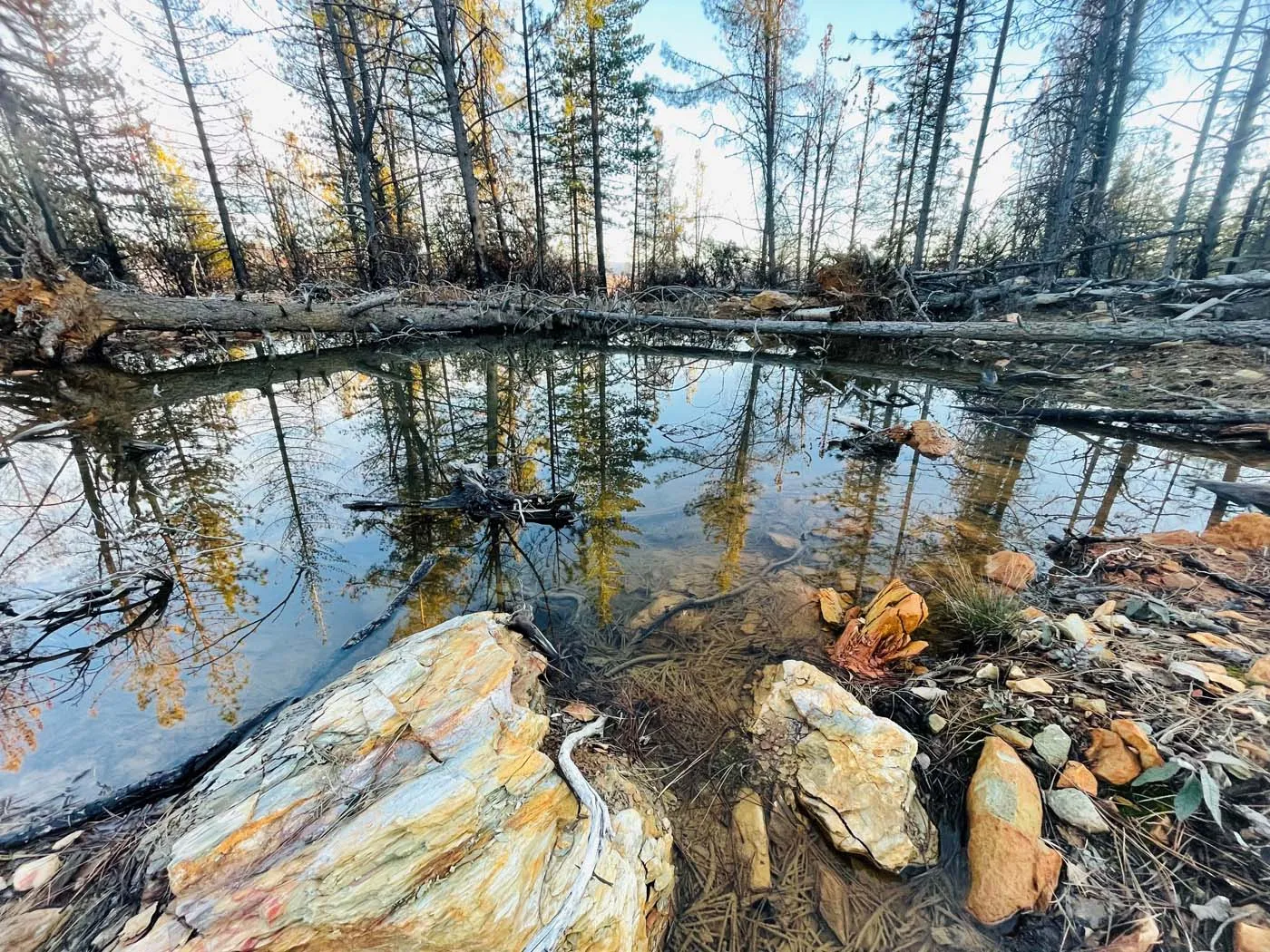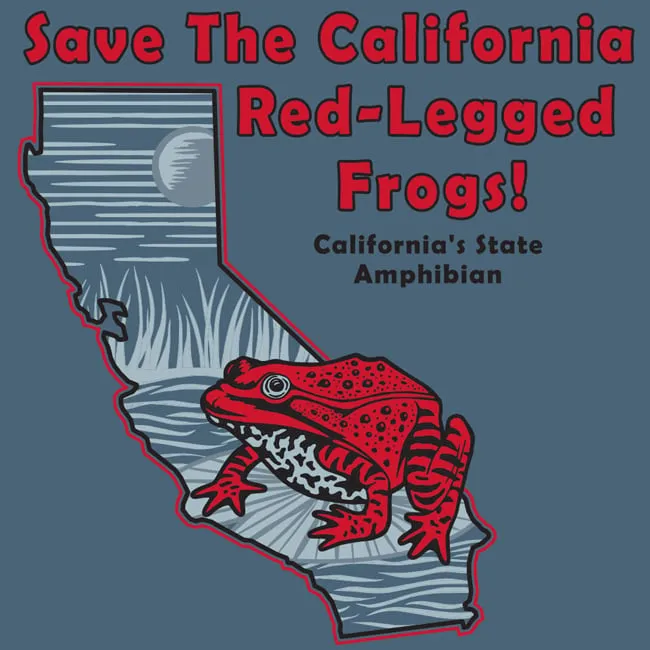California, with its incredible biodiversity, is not only a dream destination for travel enthusiasts but also a paradise for those passionate about wildlife photography. From dense forests to sprawling coastlines, this state offers countless opportunities to capture stunning moments of the natural world. Instead of weapons, equip yourself with a camera and discover the unique “prey” that California bestows.
California is not just famous for its sunny beaches and vibrant cities. Hidden within vast national forests and nature reserves, a rich wildlife world awaits discovery. Among them, the California red-legged frog habitat expansion project in Tahoe National Forest is a testament to conservation and ecosystem restoration efforts. This project not only creates new habitats for the endangered frog but also opens up wonderful opportunities for nature photography enthusiasts.
Tahoe Wetlands: A Haven for California Red-Legged Frogs and Other Wildlife
The Tahoe Wetlands project, located in the Sierra Nevada mountains, eastern California, is a collaborative effort between biologists, volunteers, and national park staff. The main goal of the project is to build new wetland habitats for the California red-legged frog (Rana draytonii), the largest amphibian in the western United States and a symbol of California.

With the participation of over 100 volunteers and support from organizations like SAVE THE FROGS!, the project has created 18 new wetlands, ranging in size from 30′ x 30′ to 80′ x 100′. These wetlands are not only ideal habitats for California red-legged frogs but also attract many other animals, creating a diverse and rich ecosystem.
Wildlife Photography: More Than Just a Hobby
Wildlife photography is not just a recreational activity but also a way to connect with nature and raise conservation awareness. When you hold a camera in your hand, you not only capture beautiful images but also contribute to spreading the message about the preciousness of the natural world.
Planning Your Photo “Hunt”
Before embarking on your wildlife photography “hunt” in California, careful planning is essential to ensure safety and capture the best possible photos.
- Research locations: Learn about areas with diverse ecosystems and abundant wildlife. National forests, state parks, and nature reserves are excellent choices.
- Learn about your subjects: Identify the animals you want to photograph and research their habits and habitats. This will increase your chances of encountering them and capturing authentic shots.
- Prepare your equipment: Ensure you have a camera, suitable lenses (telephoto lenses are a good choice for shooting from a distance), spare batteries, memory cards, and other necessary accessories.
- Choose the right time: The best times for wildlife photography are usually early morning or late afternoon, when the light is soft and animals are more active.
- Follow regulations: Always adhere to the regulations of the area you visit, maintain a safe distance from animals, and avoid disturbing their habitats.
Tahoe Wetlands: An Ideal Destination for Photographers
Tahoe Wetlands is a fantastic destination for those wanting to photograph California red-legged frogs and other wildlife.
- California Red-Legged Frog: This frog is the primary focus of the conservation project and also a captivating subject for photographers. With its distinctive red legs and large size, the California red-legged frog is a unique and interesting “model.”

- Sierran Tree Frog: Besides the California red-legged frog, Tahoe Wetlands is also home to many Sierran tree frogs. These small frogs come in various colors and often emit distinctive calls, creating a vibrant soundscape.

- Other wildlife: Tahoe Wetlands also provides habitat for various birds, insects, and small mammals. You might spot kingfishers hunting, colorful butterflies, or playful chipmunks.
Tips for Wildlife Photography
- Be patient: Wildlife photography requires patience and the ability to wait. Sometimes, you have to wait for hours to get the perfect shot.
- Camouflage: Wear neutral-colored clothing and blend into your surroundings to avoid scaring animals.
- Observe: Carefully observe animal behavior to anticipate and capture key moments.
- Use natural light: Natural light is crucial for creating beautiful photos. Shoot during times of soft light for the best colors and details.
- Respect wildlife: Always prioritize animal safety and avoid disturbing their habitats.
After the Fire: The Revival of Tahoe Wetlands
In 2022, a devastating wildfire ravaged the Tahoe Wetlands area, burning many trees and impacting the ecosystem. However, thanks to tireless restoration efforts, the wetlands are gradually recovering and returning to their original beauty.

Images of the wetlands’ recovery after the fire are not only a testament to the resilience of nature but also a source of inspiration for photography enthusiasts. You can capture the moments of plant regeneration, the return of animals, and the overall recovery of the ecosystem.
Conclusion
Wildlife photography in California is a wonderful experience, offering the chance to discover the hidden beauty of the natural world and raise conservation awareness. Tahoe Wetlands, with its efforts to conserve California red-legged frogs, is an ideal destination for nature photography enthusiasts. Equip yourself with a camera and set out to explore the unique “prey” that California offers.
Remember, the goal of photo “hunting” is not to possess or harm, but to capture beautiful moments and spread the message about the preciousness of the natural world. Each photo you take can be a story, a call to action to protect wildlife habitats and preserve the beauty of California for future generations.